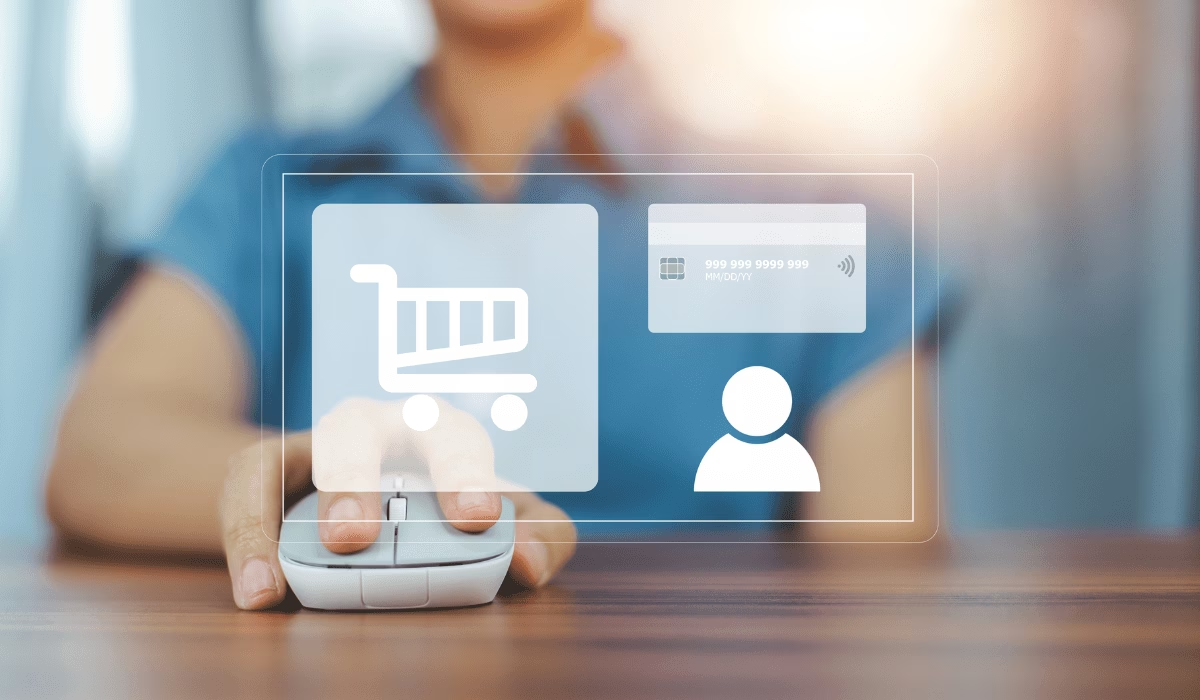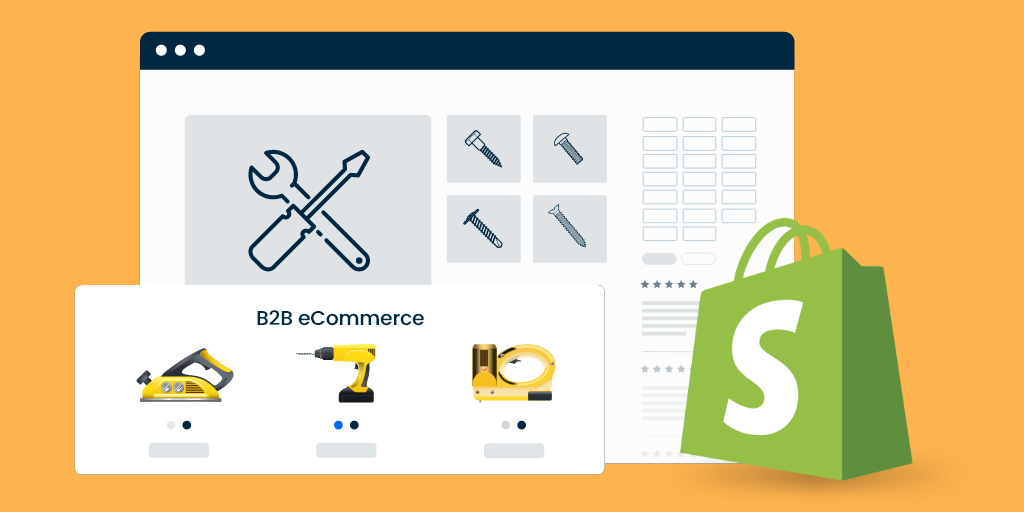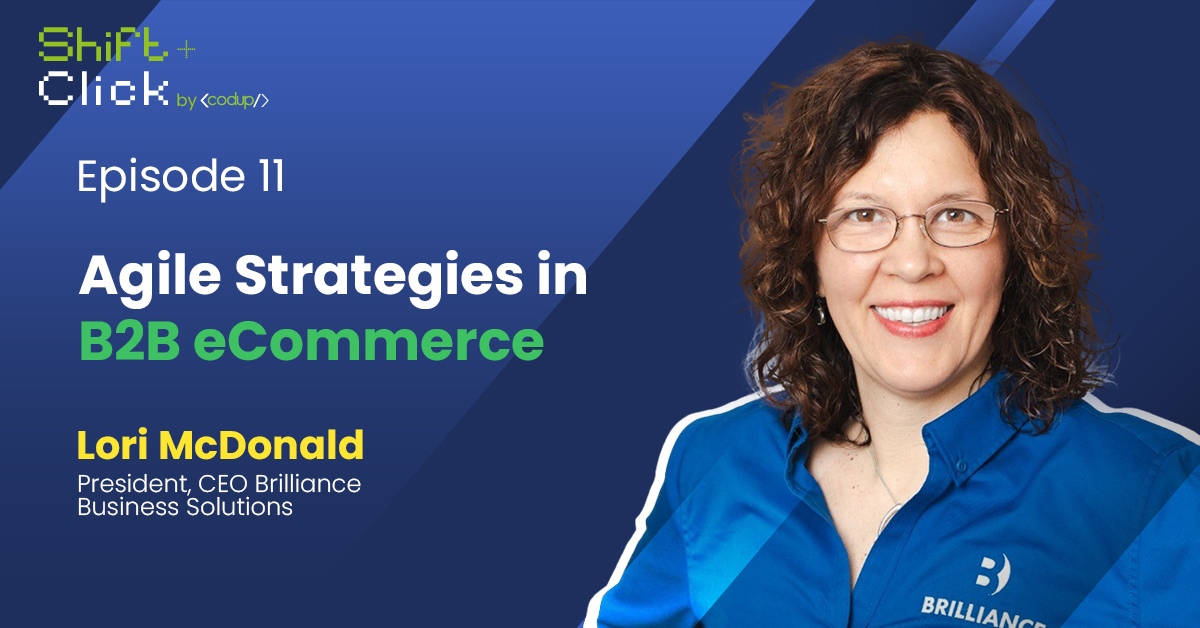Guided Buying in B2B eCommerce : Simplify Complex Buying with a Relationship-Driven Sales Process
Many B2B businesses fear losing the personal, relationship-driven sales process that has defined their success for decades. Traditional sales teams thrive on trust, tailored negotiations, and long-term partnerships—elements that often feel at odds with automated eCommerce platforms.
But digital transformation isn’t about replacing human relationships—it’s about enhancing them through smarter, more intuitive processes. B2B guided selling simplifies complex B2B transactions by removing friction, leveraging AI-driven B2B eCommerce personalization, and ensuring buyers get the support they need at every step.
In this blog, we’ll explore how guided buying helps B2B companies navigate high-consideration purchases, integrate AI-driven personalization without losing the human touch, and strike the perfect balance between automation and relationship-driven sales.
The B2B Sales Challenge: Balancing Digital Efficiency & Human Expertise
B2B transactions come with unique complexities that make digital transformation challenging. Buyers often encounter obstacles that slow down purchasing and reduce efficiency. Some of the most common challenges include:
Common Challenges in B2B eCommerce
- Overwhelming Product Catalogs – Large inventories with complex product variations make it difficult for buyers to find what they need without assistance.
- Lack of Pricing Transparency – Custom pricing, volume-based discounts, and contract-based pricing for B2B sales often aren’t clearly visible online, leading to confusion.
- Multi-Stakeholder Approval Delays – B2B purchases require approvals from different departments, slowing down transactions if digital workflows aren’t optimized.
- Limited Buying Assistance – Without B2B eCommerce buying assistance, such as real-time chat, guided recommendations, or dedicated account support, buyers may struggle to make informed purchasing decisions.
- Product Complexity – Many B2B businesses sell highly specialized products with multiple variations, specifications, and compliance requirements. Buyers often struggle to
to navigate extensive product catalogs without advanced filtering and search capabilities. - Configuration Challenges – Some industries require buyers to define precise specifications that involve assembling multiple components across thousands of SKUs.
Without proper guidance, buyers struggle with complex workflows, fragmented information, and impersonal experiences. This results in lost sales, slower deal closures, and increased reliance on offline interactions—defeating the purpose of eCommerce.
Guided buying ensures that buyers get personalized assistance throughout their journey, allowing businesses to drive higher conversions, repeat purchases, and stronger customer relationships.
Guided Buying: The Missing Link in B2B eCommerce
Guided buying acts as a bridge between self-service eCommerce and human-assisted sales, ensuring that complex transactions remain seamless.
Key Components of Guided Buying:
- Personalized Product Recommendations: AI-powered product recommendations for B2B buyers suggest relevant products based on their account history, industry, and past purchases.
- Custom Pricing & Contract-Based Discounts: Dynamic pricing models allow businesses to offer tailored rates, ensuring that each customer gets the right price.
- Step-by-Step Purchasing Assistance: Digital workflows simplify approval processes, contract negotiations, and bulk order configurations.
- Human & AI-Powered Support: Chatbots, live chat, and dedicated account managers guide buyers whenever they need help.
By incorporating these elements, B2B businesses can create a more intuitive and customer-centric eCommerce experience, without sacrificing the relationship-driven nature of sales.
The Role of AI, Chatbots & Account-Based Personalization
AI-driven tools play a critical role in simplifying complex purchases while keeping the experience personalized.
- AI-Powered Product Discovery: Machine learning suggests products based on buyer behavior, previous purchases, and industry trends.
- Chatbots & Virtual Assistants: Intelligent bots answer FAQs, provide instant support, and escalate complex queries to human reps when needed.
- Account-Based Personalization: B2B portals deliver customized dashboards, exclusive catalogs, and personalized recommendations based on buyer profiles.
These tools augment rather than replace sales teams, ensuring that customers receive timely assistance while sales reps focus on high-value interactions.
Managing Custom Pricing & Negotiations in eCommerce
Pricing in B2B eCommerce is rarely one-size-fits-all. Buyers expect contract-based pricing, bulk discounts, and room for negotiation—elements that traditional eCommerce platforms often fail to deliver.
How to Enable Seamless Online Negotiations:
- Automated Quote Requests: Buyers can request custom pricing directly within the eCommerce portal, streamlining negotiation workflows.
- Tiered & Volume-Based Discounts: Pricing models adjust based on order size, contract agreements, and customer tiers.
- Approval-Based Pricing Adjustments: Sales teams remain in control of final price approvals, ensuring profitability while accommodating buyer needs.
By enabling real-time negotiation tools and automated workflows, businesses can make custom pricing more accessible and efficient in an online setting.
Overcoming the Challenges of Digital Sales Enablement
Transitioning to an eCommerce-first sales approach comes with hurdles. However, businesses that address these challenges head-on can unlock higher efficiency and improved sales performance.
Common Challenges & Solutions:
- Sales Team Resistance → Provide training and demonstrate how guided buying supports their role.
- Lack of Personal Interaction → Implement hybrid B2B sales automation, where reps engage at critical points in the buying journey.
- Customer Adoption Issues → Create intuitive portals, seamless workflows, and self-service portals for B2B buyers that add value.
By ensuring eCommerce complements, rather than competes with, relationship-driven sales, businesses can drive higher engagement and long-term customer loyalty.
The Future of B2B Sales is Hybrid, Not Fully Automated
The future of B2B sales isn’t about choosing between automation and human interaction—it’s about integrating both seamlessly. Guided buying ensures that buyers receive the support they need, whether through AI-driven personalization, digital workflows, or direct human interaction.
B2B businesses that embrace guided buying will not only simplify complex transactions but also create deeper, more meaningful relationships with their customers—ensuring long-term success in an increasingly digital world.
Contributors
-

Tooba Nadeem
writer



